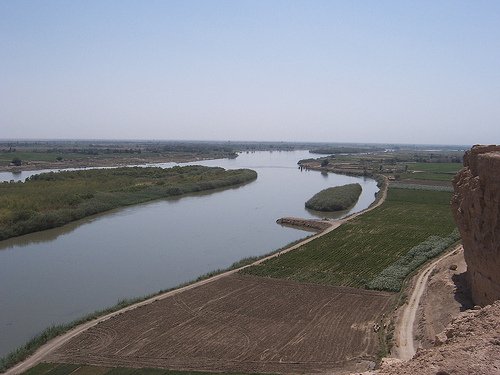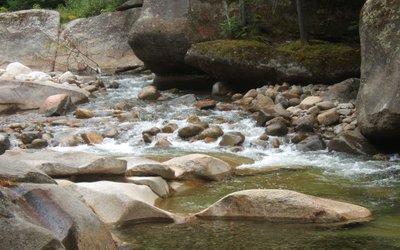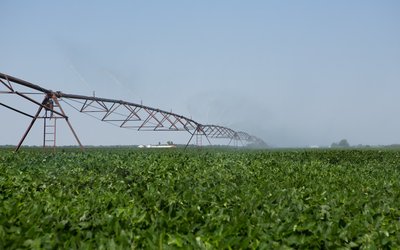
The Euphrates–Tigris Basin hosts the two important snow-fed rivers of the Middle East, and its water resources are critical for the hydroelectric power generation, irrigation and domestic use in the basin countries, namely Turkey, Syria, Iraq and Iran. Approximately 90% of the Euphrates flow and 46% of the Tigris flow originate in Turkey. Based on different model and scenario simulations, projections were made of future changes in temperature, precipitation, snow cover and river discharge in the Euphrates–Tigris basin countries. From these projections the following was concluded:
- Temperature: All scenario simulations indicate surface temperature increases across the entire Euphrates–Tigris basin. Projected increase in annual surface temperature in the highlands ranges between 2.1 and 4.1°C for 2041–2070, and between 2.6°C and 6.1°C for 2071–2099.
- Precipitation: Projected precipitation decrease in the highlands by the end of the present century is 33% under the higher emissions scenario (A1FI) and 6 - 24% under the A2 scenario. Snow water equivalent precipitation in the highlands is projected to decrease by 55% for B1 scenario, 77–85% for A2 scenario and 87% for A1FI scenario.
- River discharge: The territory of Turkey will likely experience more adverse direct effects of the climate change compared to the territories of the other countries in the basin. The annual surface runoff is projected to decrease by 26 - 57% in the territory of Turkey by the end of the present century. Because much of the headwaters are located in this territory, all other countries in the basin are expected to feel the stress for the diminishing waters during the twenty first century.
There are still plans and investments to construct more dams on the Euphrates and Tigris rivers. On one hand, decreased water availability and reduced hydropower potential in the future make it questionable to build more dams on these rivers for power generation. On the other hand, the temporal change in the peak flows may make it necessary to build more dams to compensate the diminishing reservoir attribute of the snow cover to be able to save water for the spring and summer when dry conditions prevail in the basin. Construction of more dams in the basin, however, causes, in addition to environmental problems, irreversible damages to the rich historical and cultural heritage of the region.
Source: Bozkurt and Sen, 2012. Journal of Hydrology. Published online 23 December 2012.
Photo: Isawnyu (www.flickr.com)








